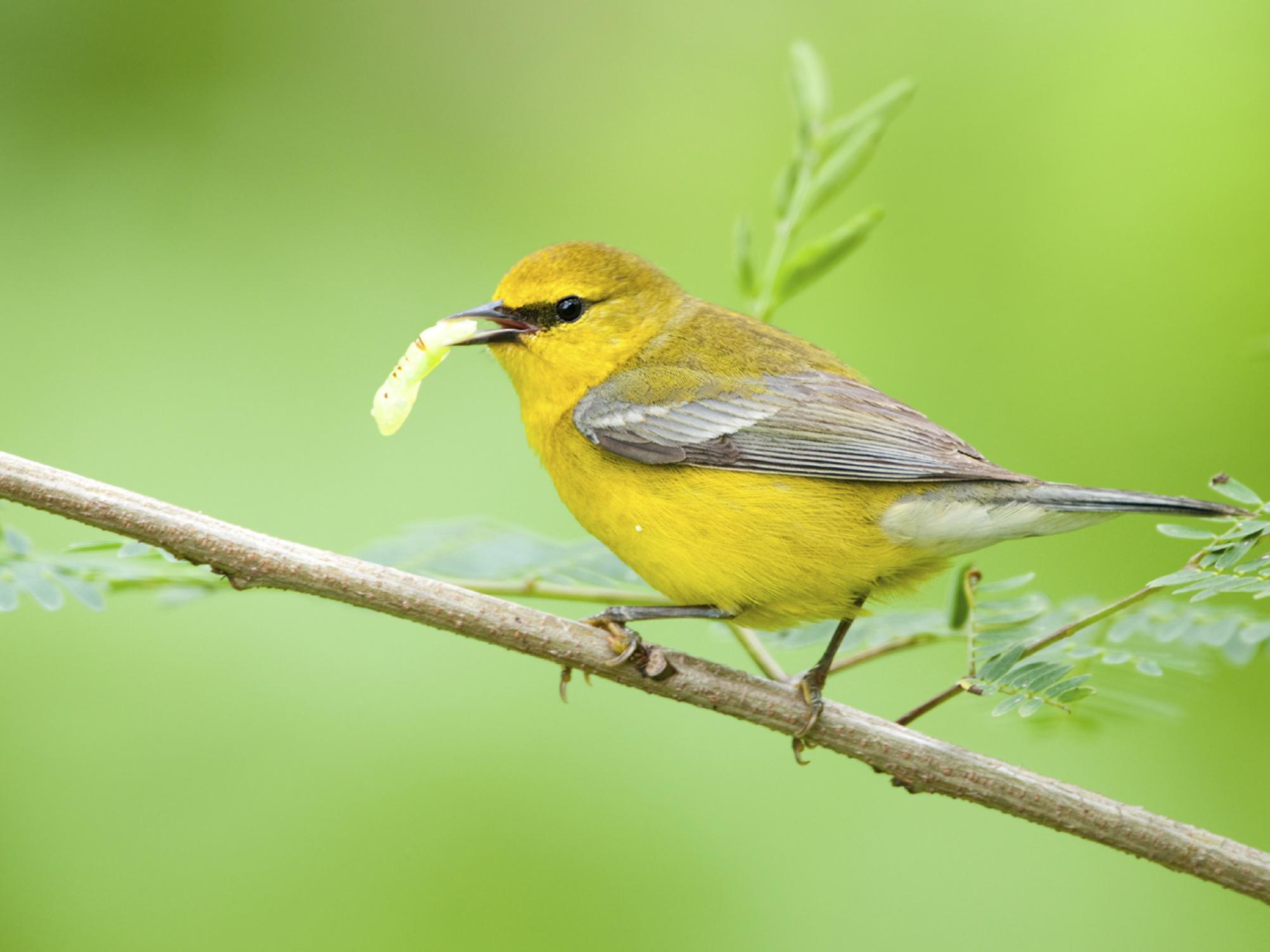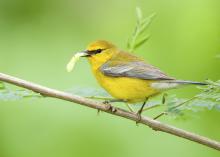Information Possibly Outdated
The information presented on this page was originally released on December 15, 2017. It may not be outdated, but please search our site for more current information. If you plan to quote or reference this information in a publication, please check with the Extension specialist or author before proceeding.
Wildlife migration helps winter survival
STARKVILLE, Miss. -- Winter weather makes life more difficult for wildlife, even in the South. Animals must have shelter to survive the potentially deadly effects of ice, snow and freezing rain.
Food can be hard to find in winter. Animals that eat plants or insects have few choices once their food dies with the cold weather or is covered by wintry precipitation. Even predators face food shortages since winter conditions can cause their prey to spend more time in hiding.
One strategy used by many wildlife species is migration. When animals migrate, they make relatively long-distance moves from one location to another. Migrations occur in all major groups in the animal kingdom, including crustaceans, insects, amphibians, fish, reptiles, mammals and birds.
Migration is dangerous and difficult, and not all individuals that start the journey will complete it. Animals attempt migration because the overall benefits outweigh the risks. In the case of winter survival, the chance to find food and shelter makes it worth the risks.
But not all migrations occur because of seasonal weather conditions. Some animals breed in one location and migrate to another to raise their young. Humpback whales breed and calve in warmer waters that do not have much food. To get to the feeding grounds, humpbacks will migrate as much as 5,000 miles.
Most wildlife migrate to find better living conditions with more food and more comfortable weather. Waterfowl migrations are probably some of the most well-known. Most waterfowl in North America move from northern breeding grounds to southern wintering grounds. Marshes, lakes and rivers that provided food and shelter for nesting and raising young begin to freeze as the year winds down, concentrating waterfowl and forcing them southward to warmer weather and open water.
Some species migrate across altitudes, not latitudes. Bighorn sheep and mountain goats live near mountaintops, where they feed on short plants. Once snow begins to fall, these animals move down the slopes to valleys that provide accessible food.
Some amazing long-distance migrations seem to defy all possibilities. The prize for the longest migration goes to the Arctic tern. This tiny bird weighs about 4 ounces (roughly the weight of a D battery) but flies more than 44,000 miles from the Arctic Circle to the Antarctic and back each year. Monarch butterflies migrate nearly 3,000 miles annually. Caribou, also known as reindeer, can travel more than 40 miles a day in their 3,000-mile migration from summer grasslands to wintering grounds.
Animals need excellent navigation skills to help them move across broad landscapes or over open water. Some species are thought to use landmarks like rivers to find their way. Others use the position of the stars, sun and moon to navigate, much like ancient sailors once did. The earth’s magnetic field enables other species like monarchs to find their way.
Migration to survive winter is just one of many remarkable wildlife adaptations found in the natural world.

Editor’s Note: Extension Outdoors is a column authored by several different experts in the Mississippi State University Extension Service.




